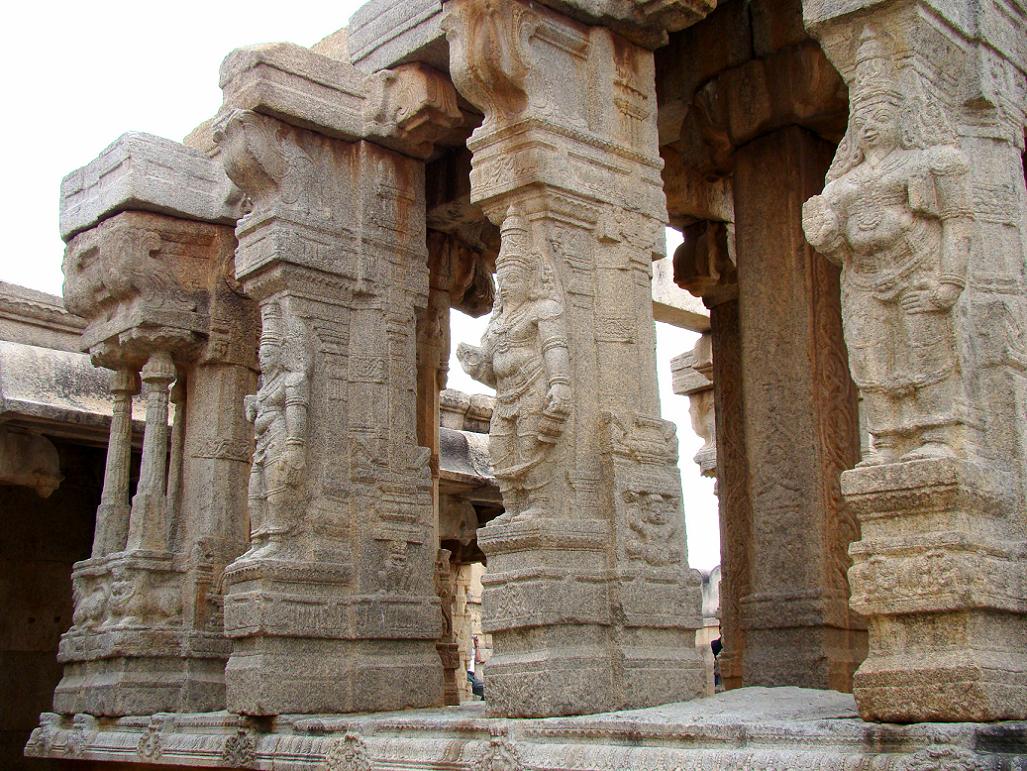Once again, we take our inspiration from you, our listeners! One of our Facebook fans asks about the Seven Pure Land Masters, so we take up the cause with what may be the beginning a seven-part series. In this episode, we talk about Nagarjuna, a seminal figure whose twin concepts, emptiness (shunyata) and the two truths theory, are foundational for the development of Mahayana Buddhism. These conceptions of reality fit squarely within in the wisdom tradition of Buddhism more generally, and we can see a relationship between the ideas of the ultimate truth being beyond language and the inconceivable nature of Amida Buddha. Shinran writes in the Kyogyoshinsho that Nagarjuna was born to “crush the views of being and nonbeing,” which suggests that he was aware of Nagarjuna’s emptiness theories. And of course there is the ever important statement of Nagarjuna that the Pure Land Path is the “easy path” of practice. We talk about all of this and more in this week’s episode.
For some background, here’s a list of the Seven Pure Land Masters:
Nagarjuna, Vasubandhu ( India)
Tan-luan, Tao-cho, Shan-tao (China)
Genshin, Honen (Japan)
And a some of the works we discuss this week include:
Nagarjuna’s MÅ«lamadhyamakakÄrikÄ
The Collected Works of Shinran
Podcast: Play in new window | Download (Duration: 34:16 — 39.3MB) | Embed
Subscribe: Apple Podcasts | RSS

